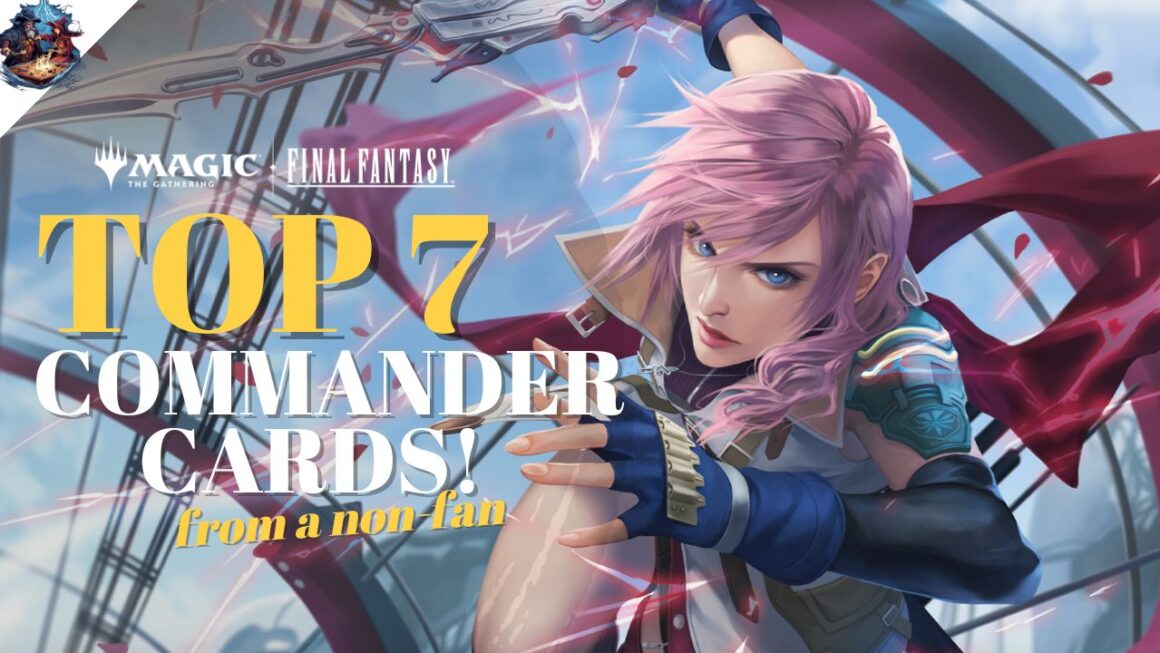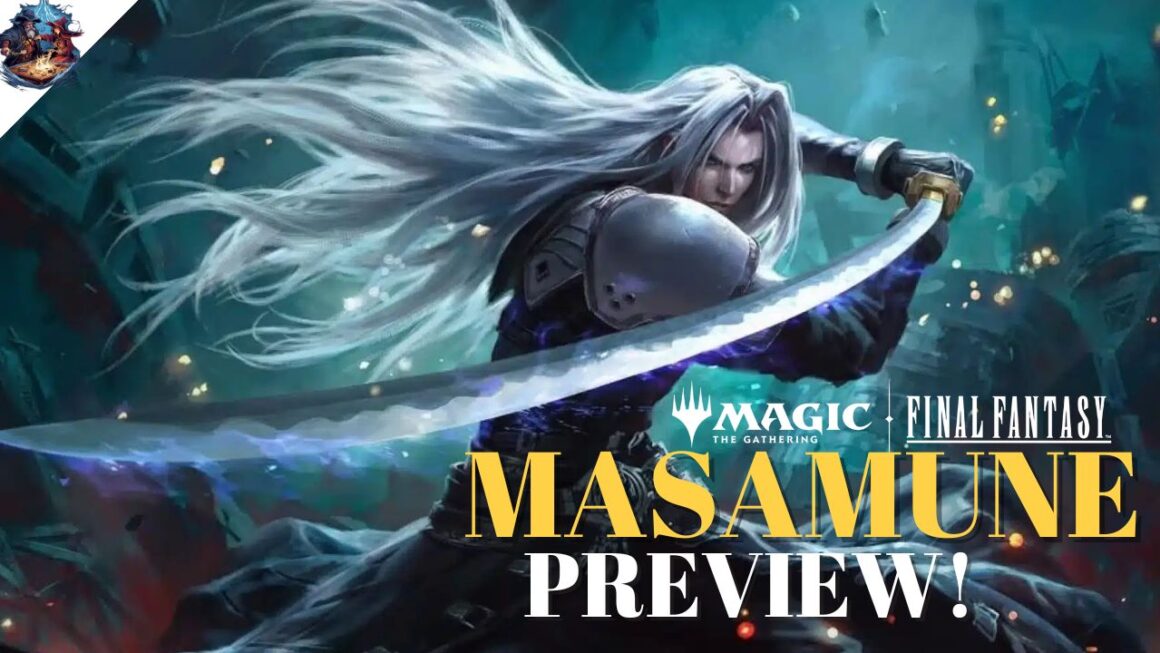The Oathbreaker format one is one of the youngest new formats in ever-growing Magic: the Gathering scene. It is currently a paper-only format but some consider it to be a sibling of Commander. There are certain differences that make it stand out. The main feature is it uses Planeswalkers as your “Oathbreaker,” and you have access to a Signature Spell that you can cast whenever you want, as long as your Oathbreaker is on the field.
General Rules
The Oathbreaker format in Magic: The Gathering has the following major rules:
- You build a 60-card deck consisting of a Planeswalker card and a Signature Spell card.
The Planeswalker serves as your Oathbreaker, and the Signature Spell is an Instant or Sorcery that is always available to you, as long as your Oathbreaker is on the battlefield. - Each player starts with 20 life.
- The starting hand size is 7 cards.
- The Commander damage rule is not used in the Oathbreaker format.
- The Oathbreaker and Signature Spell must be in the Command Zone at the start of the game.
- If the Oathbreaker or Signature Spell is put into the Graveyard or Exiled, it can be returned to the Command Zone instead.
- The color identity of your Oathbreaker and Signature Spell combined cannot exceed the colors of your Commander’s color identity.
How is Oathbreaker Different From Commander and Brawl?
The Oathbreaker format stands out from other formats in a few ways. First, it is a relatively new format, having been created in 2019, and is not yet as widely played as other formats. However in 2023 it was recognised by Wizards of the Coast as an official format.
Second, the combination of a Planeswalker Oathbreaker and Signature Spell creates unique deckbuilding challenges and strategies, as players must consider both the abilities of their Oathbreaker and the impact of their Signature Spell. The synergy and combos between these 2 cards also impact the game, since having them available immediately from the Command Zone (as opposed to needing to drawing them) will speed up the gameplay.
Finally, the absence of the Commander damage rule and the use of a 20-life starting total can lead to faster and more aggressive games compared to Commander or Brawl.
Commander/EDH
- 100-card deck
- 40 Life
- Legendary Creature Commander
- No Signature Spell
- All Cards Legal
Oathbreaker
- 60-card deck
- 20 Life
- Planeswalker-only Commander
- Unique Signature Spell
- All Cards Legal
Brawl
- 60-card deck
- 25 Life
- Legendary Creature or Planeswalker Commander
- No Signature Spell
- Standard-Legal Cards Only
General Strategies for the MTG Oathbreaker Format
Choose the Right Planeswalkers
Your Oathbreaker is the centerpiece of your deck, and you want to make sure you choose one that fits your playstyle. Some Oathbreakers are better suited for aggro decks, while others work better in control or combo decks. Consider your strategy and what your Oathbreaker can do to support it.

Choose the Right Signature Spell
Your signature spell is just as important as your Oathbreaker. It should complement your strategy and work well with your Oathbreaker’s abilities. Look at the effects on each card – how does each affect the other? A good Oathbreaker-Signature Spell synergy would be one that
Balance Your Deck
A good Oathbreaker deck should have a good mix of creatures, spells, and other cards. You want to have enough creatures to deal damage and defend yourself, but also enough spells to control the board and disrupt your opponent’s strategy.
Use Synergies
Look for cards that work well together to create powerful synergies. For example, if you have a Creature that gains a bonus when you cast spells, make sure you have plenty of spells in your deck. Look for ways to repeat gameplay patterns in order to get maximum value from your cards.
Have a Plan B
Even the best Oathbreaker decks can be disrupted by your opponent. Make sure you have a backup plan in case your strategy falls apart. This could be a secondary win condition, or simply a way to stall until you can get back on track.
Some Competitive Oathbreakers Today and Their Signature Spells
Teferi, Time Raveler + Timely Reinforcements
Teferi is a powerful Oathbreaker that can control the board and disrupt your opponent’s strategy. His signature spell, Timely Reinforcements, can quickly build a board presence and provide some much-needed life gain. When you activate Teferi’s +1 ability, you can even cast Timely Reinforcements as an Instant at the end of the opponent’s turn.
Other good options include Supreme Verdict, which can wipe the board of creatures, or Azorius Charm, which can provide card advantage and help you control the game.


Saheeli, Sublime Artificer + Thoughtcast
Saheeli is a great choice for an artifact-focused deck. Her signature spell, Thoughtcast, can help you draw cards and find the Artifacts you need to win the game. Other good options include Dispatch, which can remove pesky creatures, or Shrapnel Blast, which can deal a lot of damage if you have enough Artifacts on the field.
Chandra, Torch of Defiance + Fiery Confluence
Chandra is a strong leader that can deal a lot of damage and control the board. Her signature spell, Fiery Confluence, can deal damage to creatures and players, destroy artifacts, or provide some much-needed card advantage. Other good options include Chandra’s Ignition, which can deal a lot of damage to multiple targets, or Pyroclasm, which can wipe the board of smaller creatures.
End Step
Overall, building a winning Oathbreaker deck requires careful consideration of your Oathbreaker, Signature Spell, and overall strategy. But with some practice and experimentation, you can create a powerful deck that can hold its own against the best players in the game. The format’s meta will shift quickly as plenty of new Instants and Sorcery cards are introduced with each new set.
Also pay close attention to the ban list. As this is a relatively new format, the increase in attention and playtesting could lead to changes in order to keep the games fun.




